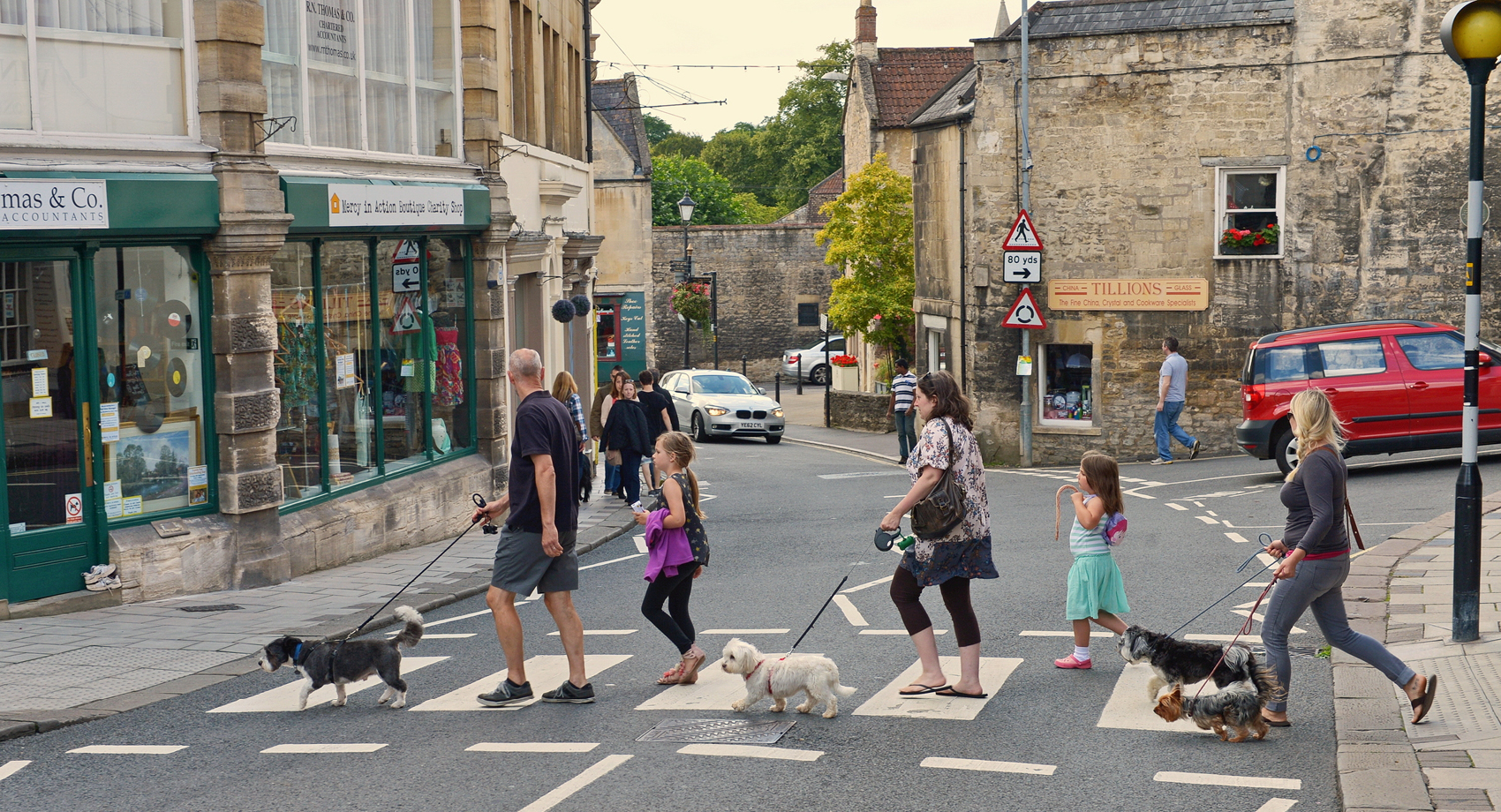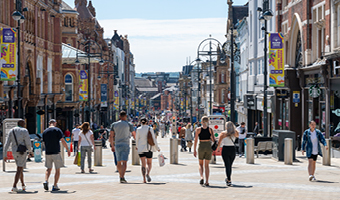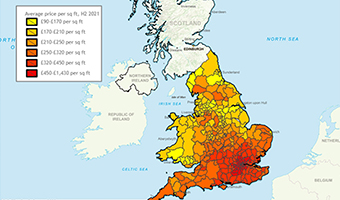Click here to download your copy of the report.
Business rates reform is one of the main catalysts required to deliver the UK’s much needed high street revival, according to a recent survey of key town centre managers, investors, and occupiers. The annual report, launched this week by property consultancy Lambert Smith Hampton (LSH) and Revo, the retail leisure & placemaking real estate membership community, records the main concerns of the UK’s chief town centre stakeholders and offers a range of recommendations to accelerate or improve the ongoing high street renaissance.
Against the backdrop of Covid, it has emerged that UK’s placemakers perceive current business rates policy to be a bigger threat than online sales growth, an over-supply of retail space, the rise in home working and a lack of cohesive strategy- as critical as those issues are to town centre vibrancy. Vivienne King, board member at Revo referred to Government business rates reforms thus far being “temporary, peripheral and quite simply not good enough given the fundamental changes needed”.
It is recognised that any case for business rates reform must also consider local authorities’ obligations to raise revenue in order to deliver vital services. As such, business rates reform should be viewed holistically with other taxes as a lever to shape policy and stimulate renaissance rather than simply a bill to be reduced.
One such tax could be an online sales tax which received a rallying call from respondents for government intervention as a means to level the playing field between physical and online businesses. With online sales having received a huge boost by the pandemic, the volume of online sales has settled at around 25%, putting huge pressure on owners and operators of town centres to remain relevant and become engaging spaces in which to spend time.
The report highlights some additional areas where immediate solutions are required if the UK’s town and city centres are to avoid a descent into long-term, or terminal, decline.
Funding and delivering the renaissance
For the third consecutive year, the research indicates that town centre regeneration is more likely to be driven forward by the public sector, with 76% indicating intention to plan, fund or develop new schemes over the next five-years, compared to just 29% of private sector respondents. However, this does point towards a possible funding shortfall when the Government ‘well’ runs dry and the future town centre renaissance will require joint ventures between the private and public sector.
In the report, Dr Steven Norris, national head of planning, development, and regeneration at Lambert Smith Hampton, called for a “more joined-up approach, with a focus on patient funds that take a longer-term perspective, and which are founded on comprehensive, flexible, and costed plan- led investment strategies to help identify and mitigate risks.”
Repurposing retail
It is widely accepted that our centres are over-shopped; demonstrated by increasing town centre vacancy rates over the last few years. Respondents were asked what percentage of current town centre retail space needs to be repurposed or redeveloped. The majority (62%) identified that, on average, between 20% and 39% of current town centre retail space needs to be repurposed or redeveloped.
The climate challenge
COP26 provided the stimulus that the real estate sector required to comprehensively acknowledge its collective responsibility on climate change. Sustainability, and all that encompasses, is the single biggest challenge facing the $10bn global sector, from the physical effects on properties, to the priorities of investors. Our towns and shopping centres are not immune to these challenges.
The survey asked what key interventions in towns and shopping centres would help to tackle the climate crisis over the next ten years. The top response was to improve public transport networks, identified by two-thirds of respondents, nearly twice as many as when the same question was posed last year. This was closely followed by carbon zero buildings and providing the infrastructure necessary to allow for the transition to electric vehicles (EV).
What have we learnt?
Despite the litany of challenges our town centres face, the report reveals that there is an underlying optimism about the future of our high street with least half of respondents feeling at least ‘optimistic’ about the future of these places; an increase of over 10% compared to when the same question was posed last year.
However, this optimism comes with warning; the delivery of the renaissance of our town centres will not be easy, requiring the pooling together of finance, skills, and capabilities across all town centre stakeholders. Encouragingly, this survey emphasises a desire to do that, with 41% of respondents recognising that all parties, including local government, private investors, and local communities, should lead the renaissance.
Post pandemic our town centres are also valued more because of the important role they play in our day-to-day lives, the significant contribution they make to the UK’s economy (measured in terms of GVA, taxes and employment generation), and their wider contribution to the Government’s Levelling Up agenda; environmental, social and governance (ESG) objectives; health and well-being; and addressing the climate crisis and achieving net zero carbon targets. For all these reasons, and more, it is vital that our towns and high streets are once again restored as the social and commercial “hearts and souls” of our communities'.
Click here to download your copy of the report.
Get in touch

Email me direct
To:
REGISTER FOR UPDATES
Get the latest insight, event invites and commercial properties by email







